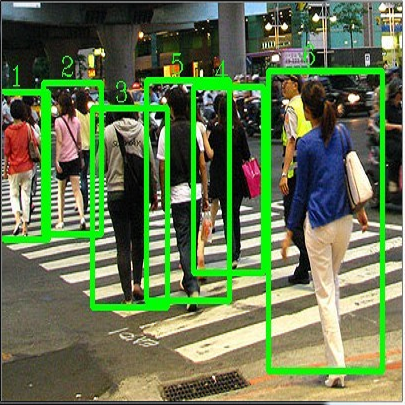The detection of small objects is a challenging task in computer vision. Conventional object detection methods have difficulty in finding the balance between high detection and low false alarm rates. In the literature, some methods have addressed this issue by enhancing the feature map responses, but without guaranteeing robustness with respect to the number of false alarms induced by background elements. To tackle this problem, we introduce an $\textit{a contrario}$ decision criterion into the learning process to take into account the unexpectedness of small objects. This statistic criterion enhances the feature map responses while controlling the number of false alarms (NFA) and can be integrated into any semantic segmentation neural network. Our add-on NFA module not only allows us to obtain competitive results for small target and crack detection tasks respectively, but also leads to more robust and interpretable results.
翻译:小物体的探测是计算机视野中一项艰巨的任务。 常规物体的探测方法很难在高探测和低假警报率之间找到平衡。 在文献中,有些方法已经通过增强特征地图反应来解决这一问题,但并不保证背景元素引起的虚假警报的数量的稳健性。 为了解决这一问题,我们在学习过程中引入了$\textit{a notrio}$决定标准,以考虑到小物体的意外性。这个统计标准在控制假警报数量的同时,加强了特征地图反应,并可以纳入任何语义分解神经网络。 我们的添加式NFA模块不仅使我们能够分别为小型目标任务和破碎探测任务取得竞争性结果,而且还导致更可靠和可解释的结果。</s>



